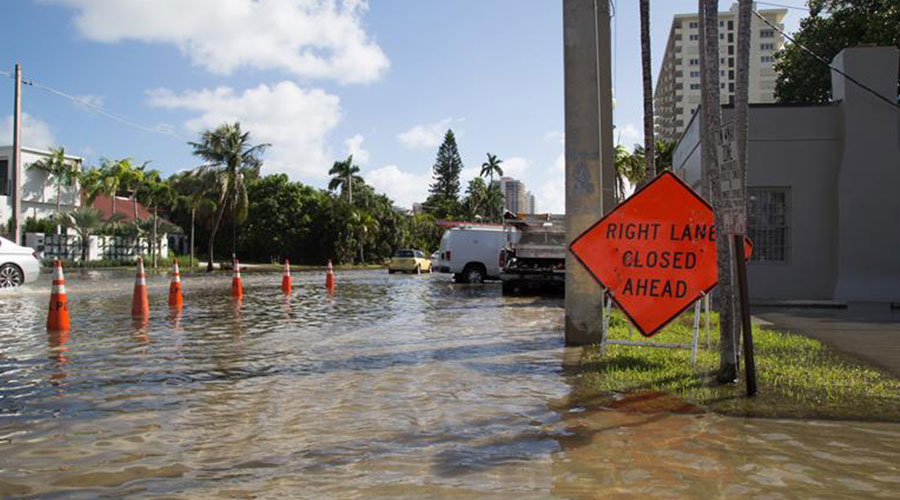Emergency Preparedness: Develop an Operations Matrix
In terms of vulnerability, storms, hurricanes and wild fires are the most widespread concerns for many facilities. But due to advanced warning, many — though not all — weather-related crises tend to be less difficult to predict and manage. The more complicated crises occur without warning, such as catastrophic power outages — as experienced in the Northeast several years ago — terrorist activities, earthquakes and major industrial accidents.
The best way to proactively manage these types of crises is to implement a comprehensive, well-documented plan to manage the options for resource allocation. This plan must incorporate potential engineering-related issues, as well as operational measures.
National and local codes and standards address the minimum basic requirements for emergency-power, water, HVAC, fire-protection, lighting, fuel-storage, and communication systems. These requirements provide for the life safety and immediate needs of the facility’s staff and visitors. But they do not necessarily address a facility’s ability to provide for increased demand for services after an emergency, as well as protection of the physical plant, facility or extended operations without the support of public utilities.
Managers can accomplish this goal by implementing an emergency sustainable-operations matrix, which enables them to analyze and determine the potential vulnerability of utility and operational systems and the cost of protecting these systems.
Analysis includes evaluating each component of the building’s operation, supplies, physical plant, communications and utilities to determine the potential failure modes for each system. Managers then can categorize the impact of potential system failures into three basic areas of benefits — operations, facility and recovery. They then can determine the most cost-effective upgrades to that system to minimize failures.
Operational benefits allow a facility to continue or extend services during an emergency. Facility benefits provide better protection for the physical plant and the building itself. Recovery benefits ensure a more timely restoration or continuation of services in the weeks, or potentially months, following a disaster. Some overlap will occur among some items in the matrix.
Operational benefits. These benefits include on-site water and fuel storage, supply stockpiles, emergency water well, filtration equipment, and internal and external communications systems. Managers should include the needs of staff members and their families in the operations plan.
Facility benefits. The facility benefit comes from protecting the building envelope from water intrusion, which can cause the growth of mold and result in large remediation costs. In the right conditions, mold can begin to grow in as little as 24 hours. To prevent mold growth, the building HVAC system and equipment also should continue to operate to provide dehumidification.
Parts or all of the system should be operational through emergency generators, curbside rentals or other means. Managers also can take steps to harden the entire building envelope for impact resistance or in strategic areas, such as emergency-operations areas and around emergency generators, cooling towers, and roof- or grade-mounted equipment.
Related Topics:














